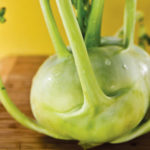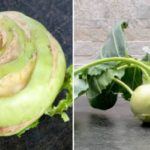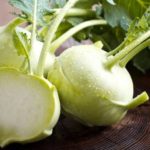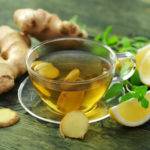Turnip, or ‘winter ginseng’ as some like to call it, is a vegetable with multiple health benefits. Apart from being highly nutritious, turnips are also known to relieve coughs, aid digestion, and support stomach pain relief. But how does one choose the best turnips for consumption?
**Should I Buy Large or Small Turnips?**
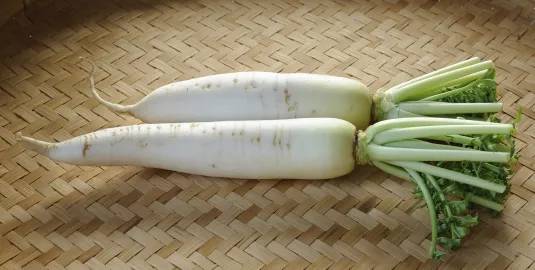
The debate between choosing large or small turnips persists among consumers. (Image: KitchenWarent)
Some home cooks prefer larger turnips, believing that bigger roots equate to higher nutritional content and sweeter taste. In contrast, others opt for smaller ones to avoid older, woodier roots. So, which is the better choice?
Turnips that are too small are usually underripe, having completed a shorter growth cycle, and thus lacking in nutritional value. On the other hand, turnips that are too large tend to be older, with more prominent veins and fibers, resulting in reduced nutritional content. The flesh of larger turnips can also be spongy, dry, and less flavorful.
For the best turnip-buying experience, opt for medium-sized roots. These turnips are likely to strike the perfect balance, being neither too young nor too old, and will offer the best nutritional profile and taste, making them ideal for cooking.
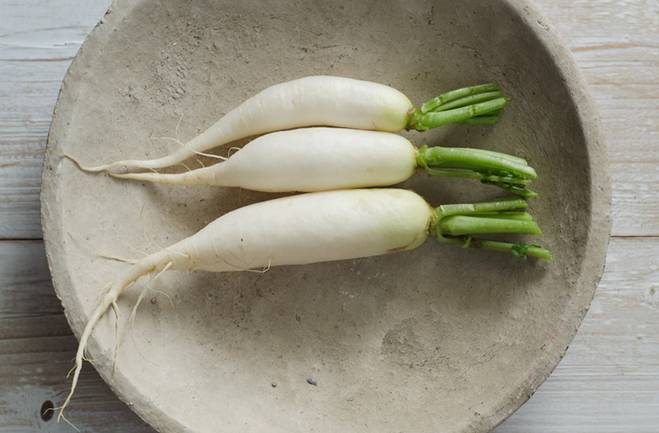
The ideal size for a turnip falls somewhere in the middle. (Image: Masterclass)
**How to Choose the Best Turnips**
Apart from size, here are some additional tips to help you select the best turnips:
*Examine the Outer Skin*
Look for turnips with smooth, unblemished skin. A well-cared-for turnip, with adequate water during its growth, will have a smooth outer layer and a sweet, fragrant taste. These turnips can also be stored for longer periods. Avoid turnips with shriveled or wrinkled skin, as these are signs of age and dehydration.
Also, refrain from buying turnips with rough skin, as they tend to be dry, with tough flesh, resulting in a less-than-desirable taste.
*Inspect the Leaves*
Many people overlook the importance of examining the leaves when buying turnips. Freshly harvested turnips will have vibrant, green leaves, while older ones will display signs of wilting and yellowing. If the turnips have no leaves, it’s best to avoid them, as you cannot determine their harvest time, and they may have been stored for an extended period.

Turnips with fresh leaves are likely to be recently harvested and therefore, fresher. (Image: Koanga)
*Choose by Weight*
When faced with turnips of similar sizes, go for the heavier ones. Heavier turnips contain more water, resulting in a sweeter and crisper taste when cooked. Lighter turnips tend to be drier and less flavorful.
*Examine the Roots*
When it comes to turnip roots, the ideal choice is a single, long root. These turnips have absorbed sufficient nutrients, ensuring better flavor and texture. If a turnip has lost its root, it’s best avoided, as it will spoil faster and is more challenging to store.
How to Choose Fresh and Tasty Turnips
“Su hào is an incredibly nutritious vegetable, packed with vitamins and offering a wealth of health benefits. But do you know how to select the freshest, chemical-free su hào? If not, then read on as we reveal some top tips for choosing the best su hào, including what to look out for in terms of size and shape.”

























